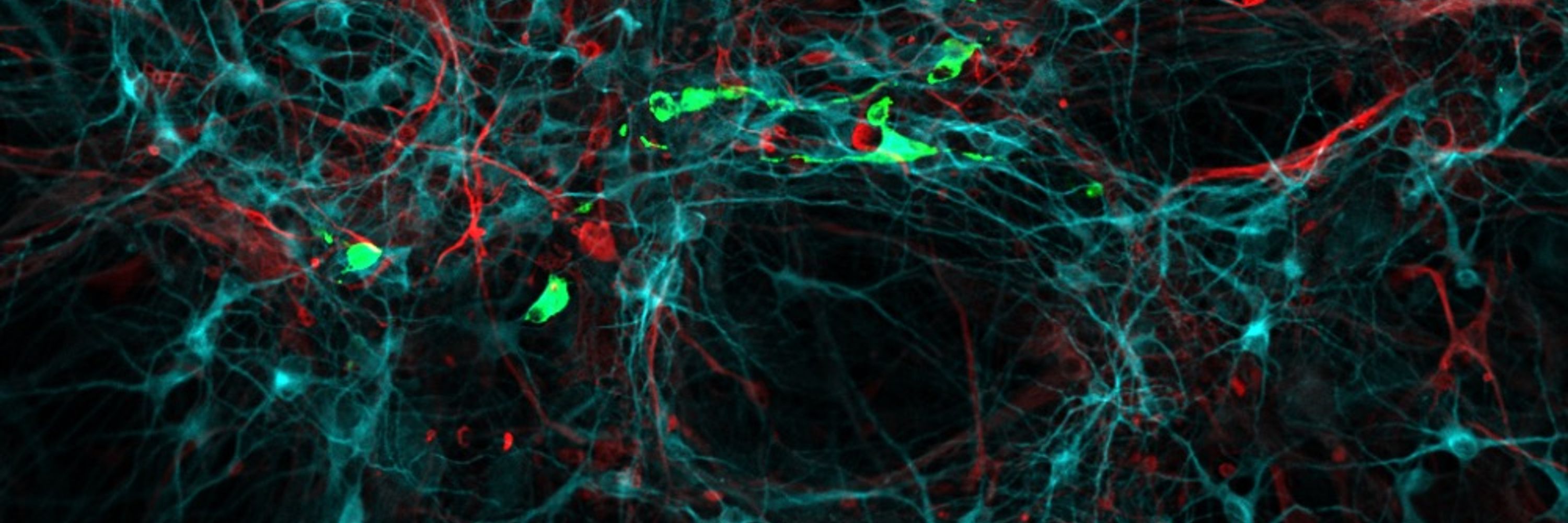
Opinions and Typos are my own!
www.linkedin.com/in/shannon-v...
www.linkedin.com/in/shannon-v...
Our data represent a step to understanding the mechanisms of NPEV induced neuropathologies.
Our data represent a step to understanding the mechanisms of NPEV induced neuropathologies.
pubs.acs.org/doi/10.1021/...

pubs.acs.org/doi/10.1021/...

